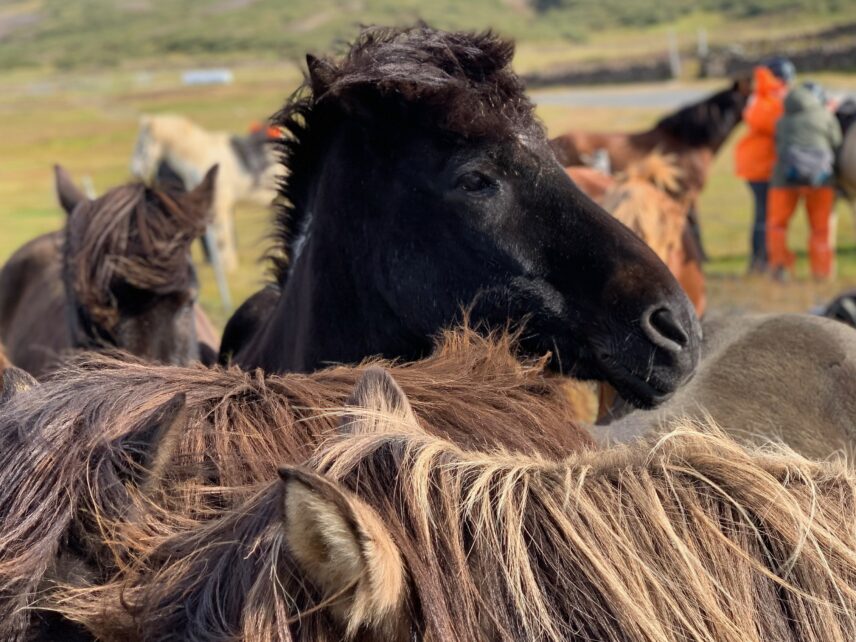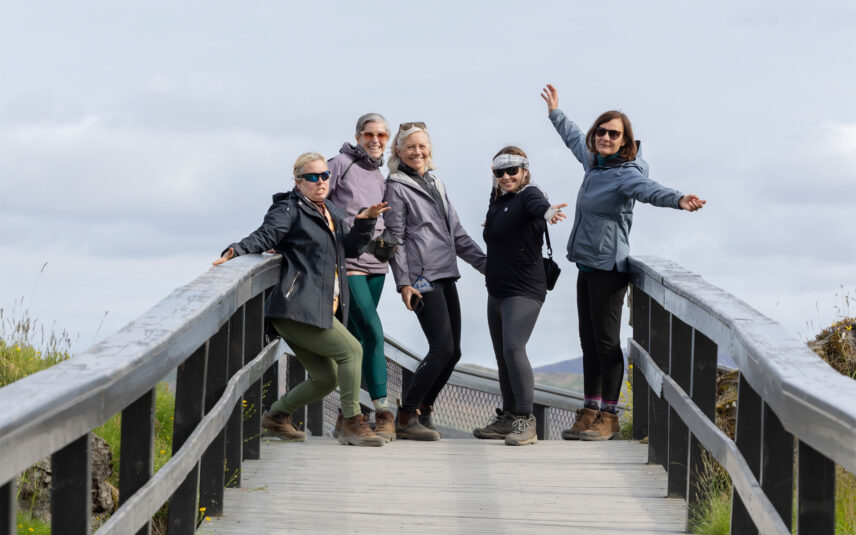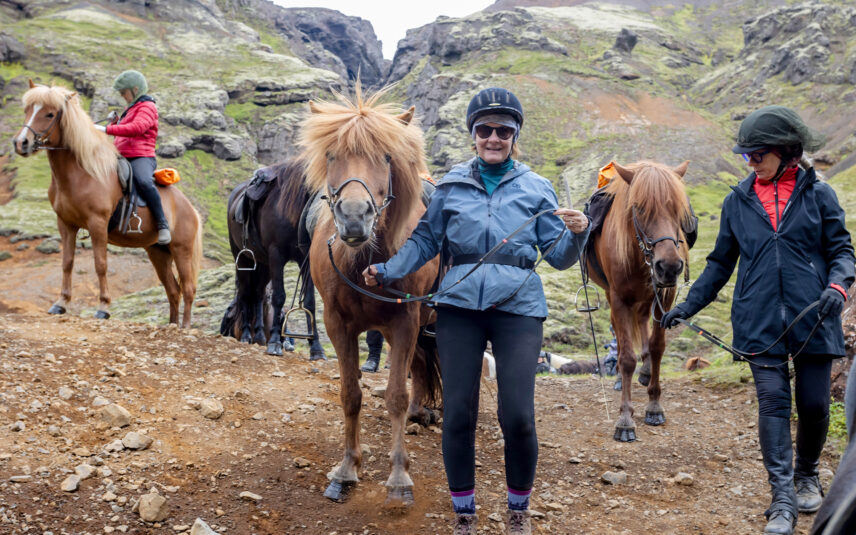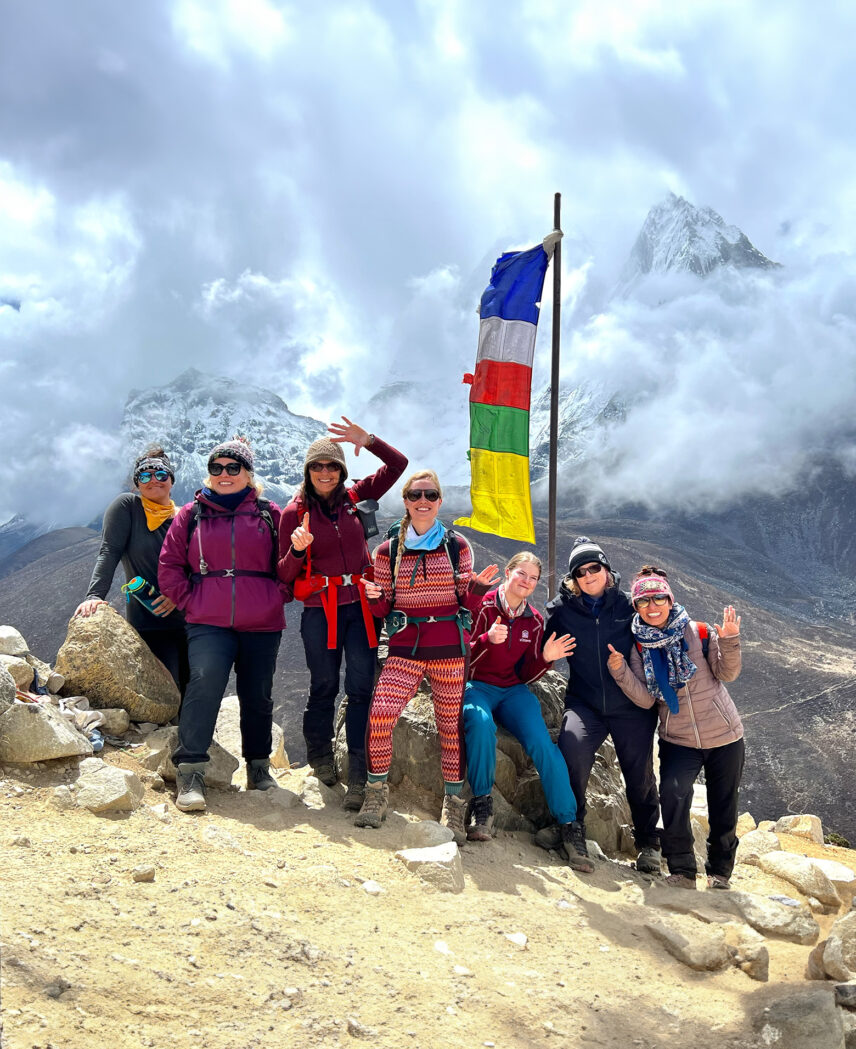“YOU JUST SIT THERE AND THE HORSE DOES ALL THE WORK!” RIGHT?
If you’ve ever heard this statement, you’re not alone. It’s a common misperception of non-riders, that horseback riding is effortless because you’re just sitting on top while the horse does all the work!
It’s true that the best riders make riding appear effortless; horse and rider moving as one, in focus and harmony. Like any skill that one has mastered, the better you are at it, the less it looks like you’re doing anything! These riders aren’t flapping around with the reins or kicking the horse incessantly with their legs. They are mainly using their core and seat to direct the horse. The reins and legs mostly control the speed and may be used as a backup.

When you’re physically fit, your muscles respond more quickly when you suddenly ask them to move. You never quite know when a horse might shift or move in a way you don’t expect and it’s important to be physically and mentally prepared so that your body automatically adjusts to that movement, rather than panicking and tensing up. When you trust your body to be strong and flexible under pressure, you are able to move fluidly, and riding can become like a dance between two partners.
To achieve that level of connection and fluidity with a horse, the rider must have the flexibility to move with the horse, the strength to control her body, and the ease to remain calm and strong without tensing up. How you prepare and what you do to prepare will be quite different depending on your current level of fitness, your age, and how often you ride.
Until the past few years, I had a very active lifestyle (and the benefit of greater youth on my side!). Preparing for a horseback riding trip meant little more than packing my helmet and half chaps. Teaching up to 12 yoga classes a week, and practicing Thai massage kept me in good overall shape. On top of that, I was also riding at least 3 times per week, and taking long walks with my dog the other days. I didn’t need to do anything extra to feel and be ready to ride for several hours a day, and many days in a row.
Fast forward to 2020. I closed my yoga studio, and the barn where I was riding shut down. Without my regular routines, I knew I needed to find another way to stay in good shape for riding as travel rebounded in 2021.
I had been teaching an equestrian yoga class at my studio, and decided to formalize the series into a recorded version that anyone could do at home without any equipment. I created a 12- class series that systematically goes through the body, working with the strength and flexibility required for riding, as well as addressing posture, mindset and breathing. I use these same postures and principles in my own yoga practice as well.
Since 2020, I have also gone through menopause, and almost everything about my body and health has undergone some kind of change. As a result, I have started to add in more strength and resistance training to supplement my yoga program and to help maintain muscle and bone mass as I age.
If you’re in a similar situation to me, with a more sedentary lifestyle than you’d like, and also at an age where muscle mass begins to decline (30’s and older), you might consider adding weight or resistance training to your routine to help you prepare for a riding trip.

Photo Credit: Jenny Rae Bateman
WHEN TO START PREPARING (HINT: IT’S NEVER TOO EARLY!)
If your trip is within six months and you haven’t been riding regularly, get your bum in a saddle! Ride as much as you can, ideally in the same kind of riding style and tack (Western, English/Icelandic) as your trip, if possible. Riding will help to prepare the muscles that you will be using while riding on your trip. If you can ride outside of an arena, and practice going up and down hills, this is going to be the most helpful. Make sure you’re riding in all the gaits that will be used on your trip: walk/trot for trips rated “novice,” and walk/trot/ canter for trips that are rated intermediate or higher.
If you don’t have access to a horse and can’t ride regularly, or you want to supplement your fitness, there are many other exercises you can do with little or no equipment to help you prepare for your trip.
Low impact activities that improve overall fitness, such as yoga, Pilates, tai chi, swimming, walking, hiking, and cycling are helpful, as well as specific exercises that work the particular muscles you’ll be using on your trip. Hint: all of them, but particularly adductors (inner thighs), quads, glutes, core/lower back, arms and shoulders.
Walking/hiking
This is a great activity because it requires no equipment except a decent pair of shoes or boots. A daily brisk walk can help improve many factors of your physical and mental health. Start slowly if you’re not used to walking, and work up the pace and distance over time.
Bicycling
Riding a bike can help to improve leg strength and cardio fitness. Leg strength can be important if you are doing rising trot to help save your bottom from being bounced in the saddle while trotting. This is a very handy skill to know to save your butt, but also requires that your thighs and calves are in relatively good condition to sustain the movement. Cardio fitness will help your endurance when you’re doing long stretches of trotting, while either rising/posting or standing in your stirrups. Pro-tip…bring those cycling shorts along with you on your horseback riding trip to protect your bottom from saddle pressure.
Swimming
Swimming is a great low-impact exercise that will help with overall strength, core strength and cardio fitness.
Yoga
A yoga program with a balance of flexibility and strength, Pilates, tai chi, and other exercises that include working on balance, focus, strength building, mindfulness, and breathing are ideal for preparing for a horse trip.
I’ve been developing and honing my own personal training program to make it as easy and doable as possible, creating exercises that offer the most targeted benefits for riding. And, I’ve been doing it faithfully for about 3 months now in preparation for The Golden Circle Riding Adventure in Iceland and the Gorki Terelj National Park ride in Mongolia.
Because I want to be as efficient as possible, my daily routine includes weights as well as some of the breath and postural alignment cues that I know and love from yoga, so that it is also a mindfulness practice. I train more than one body part with each exercise to maximize my time efficiency. Some days I only go through the routine once, some days I do two or three sets of each exercise. Some days I add other exercises (and some days I don’t exercise at all!). I think it’s important to mix it up and keep it interesting. I never force myself to work out, but try to remember the end goal of being in good shape for my horseback riding trips this summer, so that I can enjoy each moment to the fullest!
I created a short video for you, explaining and showing each movement with or without weights, that I’ve been doing to help me prepare for riding this summer. It’s absolutely free, and I’d love to get your feedback if you try the routine.
Whatever you do to prepare for your trip, have a fabulous time, and enjoy every moment of the journey from booking the trip to savouring the memories!
Looking for other ways you can prepare for your trip? Check out our ‘We Love Horses’ Playlist on our Youtube channel for more videos to help you get ready for your own horseback riding adventure! [CLICK HERE!]
Getting Fit Series
This is the final post in our series, but you can re-read the Part 1, 2 & 3 below:
Read part 1 of our series here: “Getting Fit: How to Design a Pre-trip Fitness Program”
Read part 2 of our series here: “Getting Fit: Be Flexible – Tips on Self Care, Stretching and Therabands”
Read part 3 of our series here: “Getting Fit: Walk the Walk – Endurance, the Elements and Virtual Trainers”

